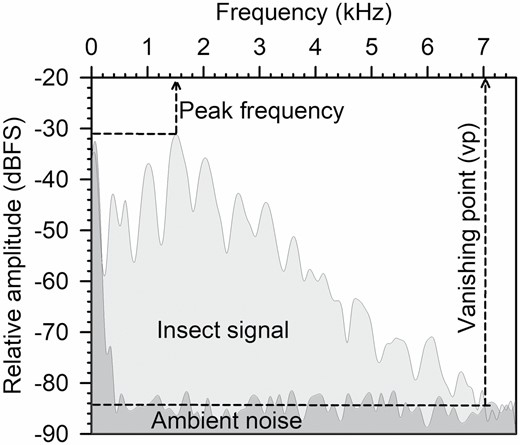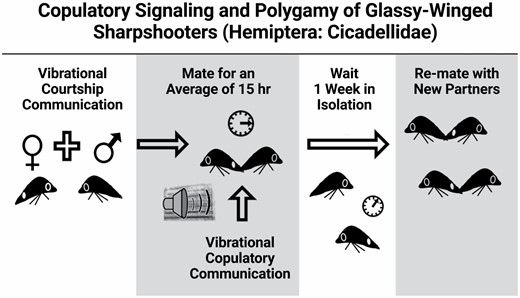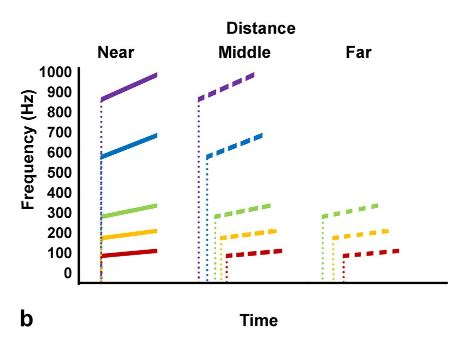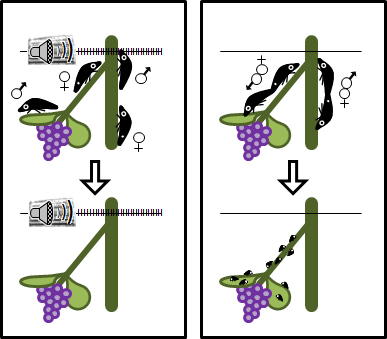
by Shira | Jun 6, 2021
Leafhoppers in the tribe Erythroneurini are a concern for grape growers in California due to direct feeding damage by piercing the leaves. Management of leafhopper populations in vineyards may be accomplished by insecticide applications, the release of natural...

by Shira | May 26, 2021
Finding a partner to mate with may be only part of ensuring successful siring of offspring. Females often exhibit cryptic female choice (CFC) during or after copulation, which can influence whose sperm from her multiple partners is chosen for egg fertilization. Known...

by Shira | Jan 8, 2020
The glassy-winged sharpshooter (GWSS), Homalodisca vitripennis, is a generalist insect and a major pest of grapevines. GWSS is a vector of the bacterium Xylella fastidiosa, causal agent of Pierce’s disease that can lead to grapevine death within few years after...

by Shira | Aug 23, 2019
The agricultural pest, Homalodisca vitripennis, relies on vibrational communication through plants for species identification, location, and courtship. Their vibrational signal exhibits a dominant frequency between 80 and 120 Hz, with higher frequency, lower intensity...

by Shira | Mar 30, 2018
BACKGROUND Glassy-winged sharpshooter (GWSS), Homalodisca vitripennis (Germar) (Hemiptera: Cicadellidae) is an important vector of the bacterium Xylella fastidiosa, the causal agent of Pierce’s disease of grapevine. Area-wide insecticide applications have suppressed...







Recent Comments